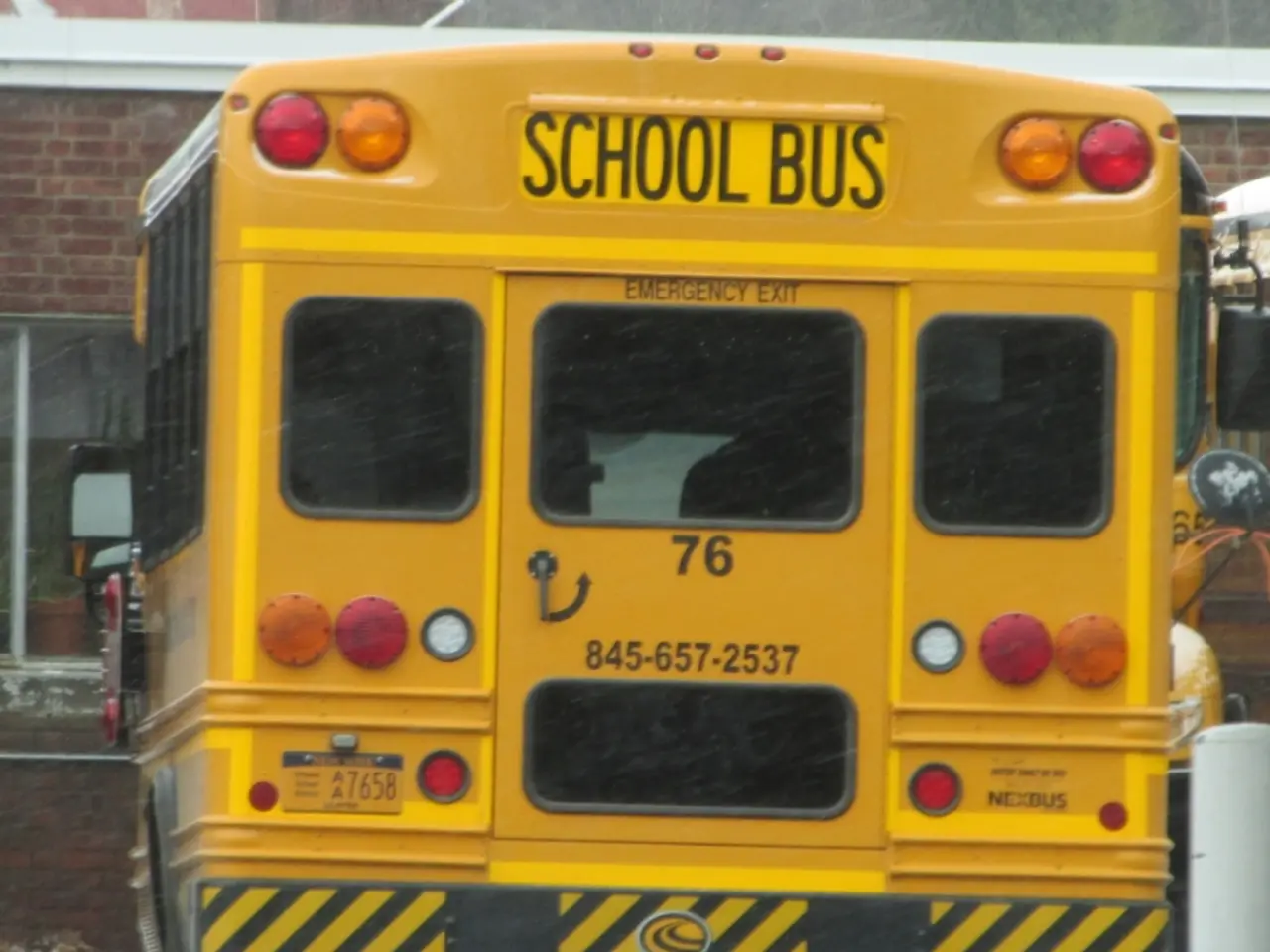U.S. Government Led by Biden-Harris Announces $965 Million for Clean School Buses Finance
The United States Environmental Protection Agency (EPA) has announced the latest round of funding from the Clean School Bus Rebate Program, with up to $965 million available for school districts. This initiative is a significant step towards President Biden's Justice40 Initiative and environmental justice, aiming to transition nearly 500,000 school buses in America to cleaner technologies.
Under the Clean School Bus Program, the EPA has awarded almost $3 billion to fund approximately 8,700 bus replacements, with about 95% being zero-emission, battery-electric. This fourth round of funding will further improve air quality in and around schools, reduce greenhouse gas pollution, and help accelerate America’s leadership in developing clean vehicles.
School districts can apply for this year's Clean School Bus Rebate Program on the EPA online portal, with applications due by 4 p.m. EST on January 9, 2025. Applicants can request up to $325,000 per vehicle for up to 50 units per application.
The EPA is committed to narrowing the cost difference between clean buses and diesel units, and has adjusted the electric school bus funding levels in the Clean School Bus Rebate Program to stretch funding further and drive down long-term costs.
Large school districts with communities of concentrated poverty may also submit documentation to be prioritized if their application focuses on clean buses serving those communities. The EPA will prioritize applications that replace buses serving low-income, rural, and Tribal students.
The EPA is working closely with the Joint Office of Energy and Transportation (JOET) of the U.S. Department of Energy and U.S. Department of Transportation to provide school districts with support as they plan for and implement adding electric buses to their fleets. This collaboration aims to connect school districts with local utility providers to assist in the infrastructure planning necessary for projects including battery-electric buses.
Applicants and selectees can receive free technical assistance from JOET through resources such as one-on-one meetings and public webinars. Proactive and ongoing communication with key stakeholders such as school boards and local utilities is critical to successful bus and infrastructure deployment.
Workforce training is an eligible use of program funds, and the EPA strongly encourages school districts to develop comprehensive workforce plans in partnership with their employees. Selectees may also be eligible for Inflation Reduction Act tax credits applicable to their bus and infrastructure purchases, and the clean vehicle tax credits for qualifying school buses are worth up to $40,000.
This rebate cycle incorporates a number of best practices to ensure that these key stakeholders are engaged and coordinating effectively. The EPA is accepting rebate applications from Sept. 26 until Jan. 9, 2025.
As of the current information, there are no specific publicly available details about which German school districts have applied for or registered to participate in the fourth rebate round of the Clean School Bus Rebate Program. However, funding has been awarded to nearly 1,300 school districts in nearly all 50 states and Washington D.C., along with several federally recognized Tribes and U.S. territories.
This initiative is a significant step towards a cleaner, greener future for America's school children and communities. By investing in cleaner technologies, we can not only improve air quality and reduce greenhouse gas emissions, but also create opportunities for workforce development and economic growth.
Read also:
- Understanding Hemorrhagic Gastroenteritis: Key Facts
- Stopping Osteoporosis Treatment: Timeline Considerations
- Tobacco industry's suggested changes on a legislative modification are disregarded by health journalists
- Expanded Community Health Involvement by CK Birla Hospitals, Jaipur, Maintained Through Consistent Outreach Programs Across Rajasthan








